scorched earth amenities
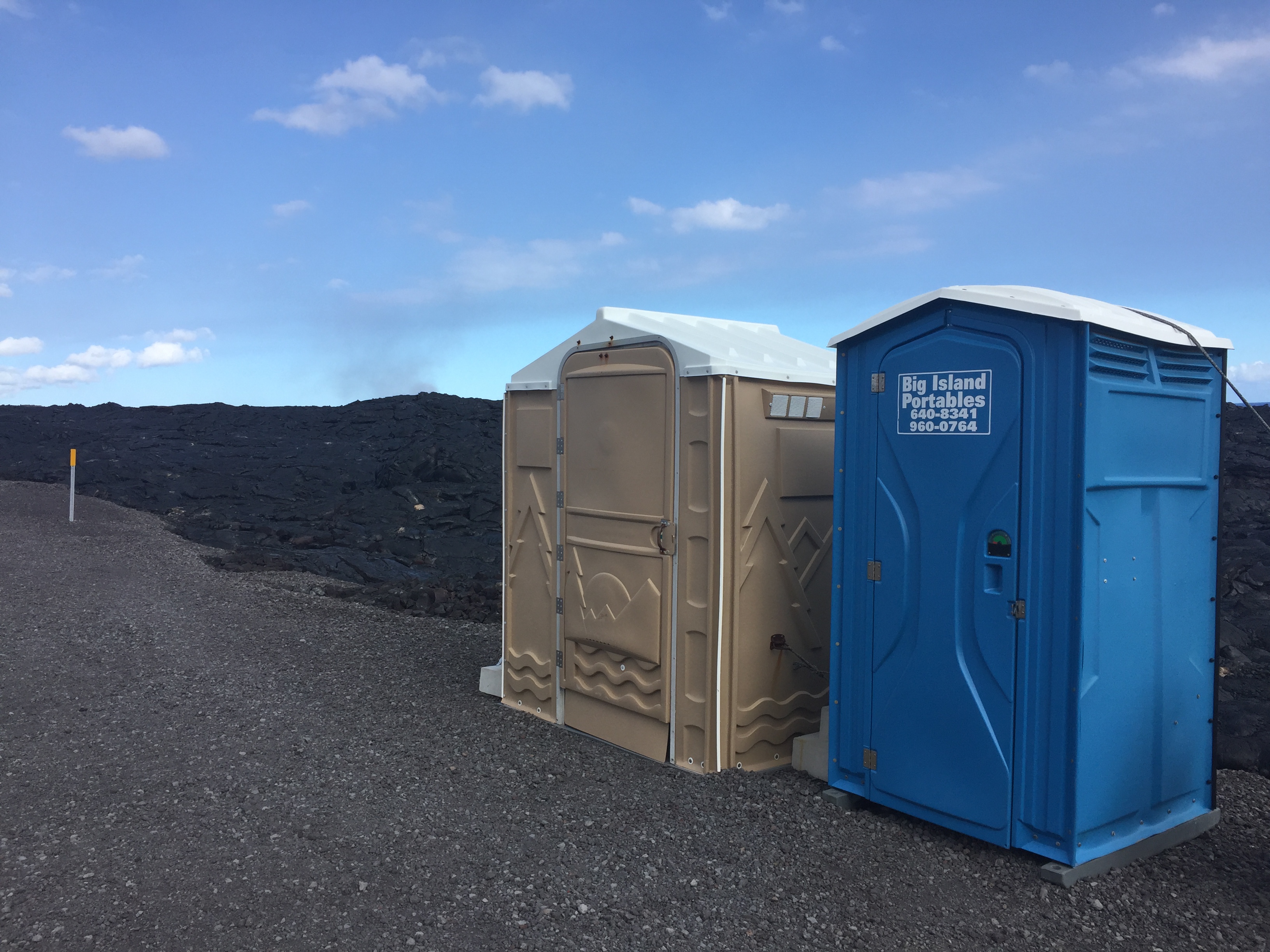

‘The Turning Table’ is the most recent in a number of businesses that have moved into the bizarre single-story revolving space off US-51. Prior tenants include ‘Dinner with a Twist,’ ‘The Revolving Roti,’ and ‘Pizza in the Round.’ Reviews of each are low to moderate. It goes without saying that the quality ‘spinning’ is not enough to make a successful restaurant.
I arrive in the parking lot and am signaled, by wait-staff inside, that the entrance is currently around back.
‘Yes, whoever commissioned the structure that houses ‘The Revolving Roti’ was an idiot. Unlike traditional revolving restaurants, in which only the interior floor turns, the whole outside of ‘The Revolving Roti’ spins around the core, kitchen area. Even on a good day, this contributes to a number of technical problems including a building-wide shudder every 17 minutes, near constant breakdowns, and intermittent wheelchair access. A brightly painted protective barrier has been installed at the base following a crushing fatality some years ago. The pre-entry waiver does not exactly whet the appetite.
The food is what you would expect from a moderately priced Indian restaurant though the garlic naan stands out above the other options as exceptional.’
Diners watch as I push between the building and the close-growing shrubs on its side, waiting, perhaps, for another fatality. It isn’t a graceful passage but I’ve been walking a long time and would like to sit down. Inches away, ‘The Turning Table’ groans and squeaks, its gears complain in the darkness below. It stops for just a second as something deep within grinds painfully. I press myself into the bush and grimace. I look for support from a couple who have stopped mid-meal to look worriedly back at me. A high-pitched whine indicates a growing pressure from inside.
The machine below breaks from the jam suddenly and the restaurant lurches forward. The couple turns their attention to the woman’s soup, which has sloshed over onto the table.
I press forward.
The entrance is already trying to sneak around the other side by the time I reach the back end of the property. I squeeze my backpack through first and jump in after, just as the bushes overtake the door. A man turns from paying and sees the way is blocked and he rolls his eyes.
He sits in the waiting area while I take a table for one.
The fare is no longer Indian and the naan has gone the way of the previous owners. I order a grilled cheese and lean back in the booth, happy to be rid of the weight of my pack. An untrimmed branch scratches across the window outside, annoying several people around me. I tap the glass and close my eyes.
“Your coffee, sir.”
I shudder awake and see the waitress standing over me with a mug. She hesitates.
“Sorry,” I say, rubbing my eyes, “It’s been a long trip.”
She smiles and nods.
“You can just set the coffee on the table,” I say.
“Just a moment.”
She looks at her watch.
The restaurant grinds to a halt and she expertly counters the motion with her arm so that the coffee doesn’t spill. The sound is worse from the inside- a few customers look worried, others, exasperated and knowing.
The noise continues.
“Looks like we’re stuck, Emily!” someone calls from the kitchen and the waitress, Emily, huffs.
“Careful with this,” she says, handing me the coffee.
Emily and a few other waitstaff gather at a spot ten feet away and stomp a couple times. Eventually, as the noise grows more severe, they resort to little half-jumps. The restaurant starts without warning and, despite Emily’s, I spill my coffee on the table.
She brings me napkins.
The back of the menu has a little rundown of the building’s features and a diagram of the building itself. One arrow points out the ‘jolly rotator,’ another the ‘protect-o-wall.’ Somebody thought these labels were a good idea.
My vision blurs with another pulse of sleep. The slow, whirring movement of ‘The Turning Table’ is doing me in. I take a sip of what remains of my coffee- not bad- and I notice, for the first time, the familiar shape of the restaurant. Two circles, one inside the other, and arrows like rays.
The all-seeing eye.
I chuckle, sleepily, and the restaurant moans.
Halfway through a blink, I fall asleep again.
The quiet clatter of my sandwich on the table wakes me. Emily has already filled my mug and moved on to another customer.
My view is still blocked by shrubs, seemingly infinite amidst my off-and-on napping. Eating helps me stay awake, I was hungrier than I realized.
The restaurant halts again, much to the dismay of a man who had just been served a shake. It starts on its own after a few seconds.
I tap my phone and wonder about the stranger. I tap the menu and wonder about that man, Tom, and his description of the eye. I tap my copy of Shitholes and wonder how I might close the growing gap between myself and the book. ‘The Revolving Roti’ has been out of business for a year. The author’s path is growing cold.
The parking lot slowly rotates into view and a mother desperately tries to get kids out of an SUV before the entrance disappears again. They gesture angrily to the TV screens embedded in the seats ahead of them and she gestures angrily to the door. ‘The Turning Table’ seems to move a little faster suddenly, though it’s likely my imagination.
Assuming the author and I are moving in the same direction, we will only meet if he slows down or if I speed up. I stretch my legs under the table and I wonder just how much faster I have it in me to go.
I wonder about the legitimacy of shortcuts.
-traveler
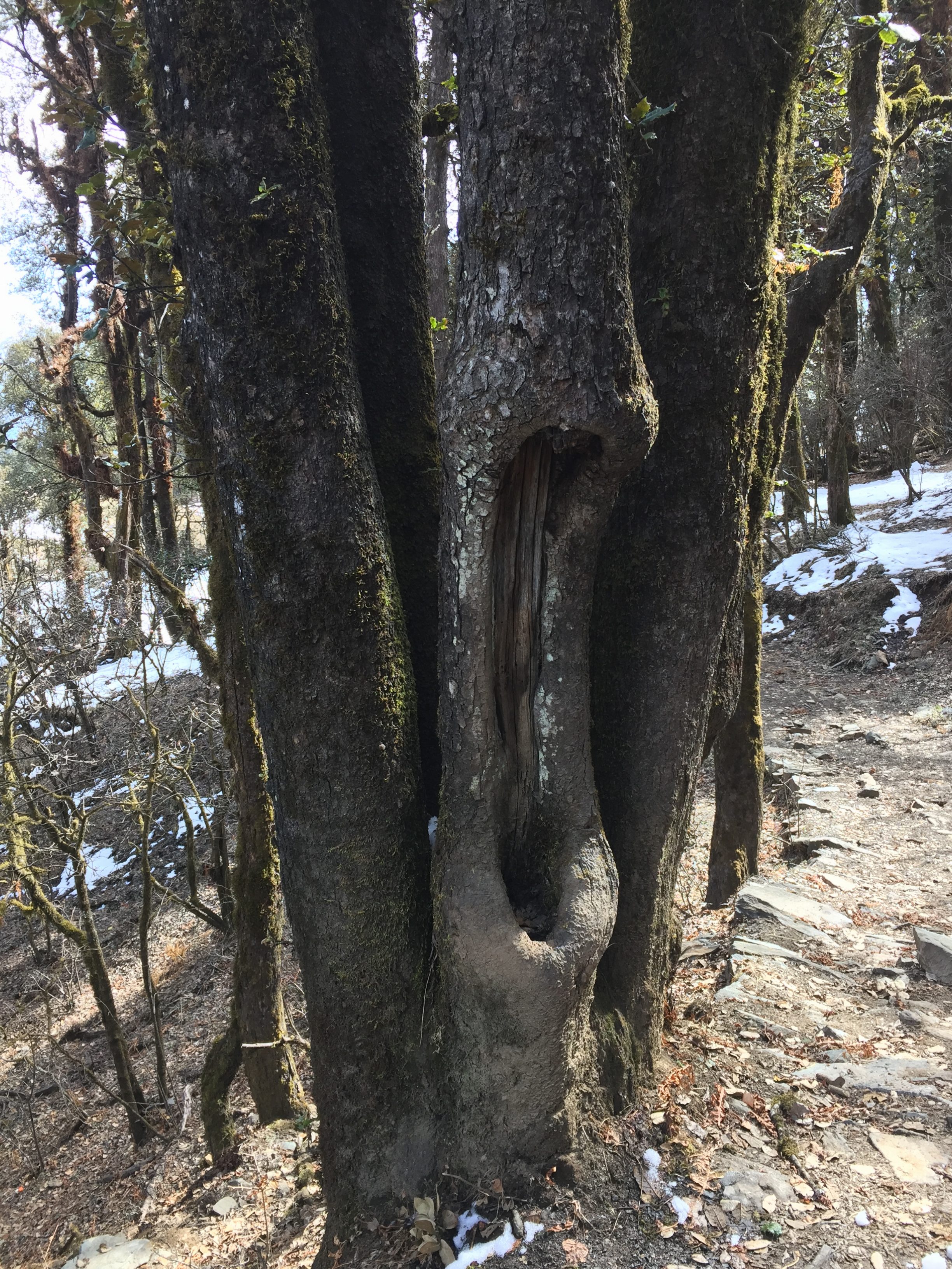
I imagine the person who coined ‘Brick-Point 43.8554° N, 102.3397° W’ thought they were being clever. Like most things that seem clever in writing but are normally unsaid, ‘Brick-Point 43.8554° N, 102.3397° W’s name is obnoxious and not really all that clever at all. Going forward I will call it: ‘Brick-Point,’ with the understanding that we are talking about this, specific, point and no other, differently-coordinated, point.
A point of bricks.
The ‘Badlands’ are not an easy place to visit for the carless traveler and this carless traveler does not wish to improve or challenge himself- motivations that might make the difficulty more palatable to a certain type of person. What it means, for me, is the social discomfort of hitchhiking followed by the physical discomfort of sleeping on the ground. A ground peppered with rocks and bones.
Night, in the ‘Badlands,’ is quiet, but in that quiet, relative to it, quiet things become loud. The sand readjusts itself. The wind readjusts the sand. Things contract in the cold. Other things crawl or roll or fly overhead. I learn, early, to turn off my light. It serves only to attract what passes for life in the dry, cracked earth. There is nothing much to see anyway.
I sleep fitfully and wake with a start to a brightly lit morning.
The ‘Brick-Point’ is still several miles away.
‘‘Brick-Point 43.8554° N, 102.3397° W’ is, nearly always, a massive pile of bricks. Like other pilgrimage pieces, it grows as people visit and add their own bricks to the pile- bricks they’ve purchased, bricks they’ve found, but more often than not, bricks that were once a part of something they loved.
It is a resting place for bricks and a memorial to the structures they were once a part of, though it may not always seem that way.
Some corner of the internet has adopted ‘Brick-Point 43.8554° N, 102.3397° W’ as an art piece so, when it is not a pile of bricks, it is sometimes a house or several small houses. Other times it is a massive brick word, barely legible from the tallest nearby dune. Once, with careful use of forced perspective, it was made to look as though no bricks existed there at all.
The pile has taken several forms over several decades but, like the phoenix, an avatar of entropy, its destiny is to crumble again and again, no matter the energy it wastes in cohesion.’
A bold statement by the author of Shitholes. I wonder if they’re his words or if he lifted them off the artist’s forum, the one that associates itself with this place. I had a look at it back when my phone had service and, suffice to say, the ‘avatar of entropy’ bit would be right up their alley. Maybe he’s just trying to sell books.
‘Brick-Point’ is pain to get to but it’s not hard to find. With the coordinates plugged in and a general heading, it’s only a matter of following the path of least resistance. I pack up and start to walk, picking my way over and around the barren landscape.
An hour later I spot a line in the distant sand and I groan. It is, undoubtedly, the work of artists- it reeks of art school, burning man, and sweat. Worse, it looks fresh- a uniform black line across the red-brown wastes of the ‘Badlands.’ Paint? Paper? Reclaimed garbage bags?
No.
Shadow.
I arrive at the line and see it is not ‘in the sand’ at all. It is a long, uniform, shadow stretched impossibly far. I check my coordinates and follow it because it is, almost certainly, leading to ‘Brick-Point 43.8554° N, 102.3397° W.’
An hour on and I am able to make out the source of the shadow; another line, this one also impossibly long but stretching from the horizon into the sky. I squint against the sun but cannot make out its terminus.
An hour later I arrive at ‘Brick-Point’ and find it abandoned. The bricks have been stacked, one on top of the other over and over again. They disappear into the sky. I examine the tower closely but cannot make out the use of adhesive. There may be an internal structure but even a metal bar would sway and bend eventually. I look around, expecting to see someone, wishing someone was there to share in the wonder and terror the impossible brick structure invokes within me. I try, again, to make out the top and experience a sympathetic vertigo.
I fall over and am glad to be alone.
There is a small slip of paper wedged under the bottom-most brick, folded there very carefully. Something is written on the inside, I see, but I cannot make out what without disturbing it.
I hem and haw for a while. I approach the tower and step away again. As the sun rises in the sky the long shadow draws back to its caster. I look again at the paper. It is only folded once. It is not thick, not a wedge for balancing out some rickety chair. It is, most certainly, a note.
I kneel and pull the note out from under the brick. It slips easily into my hand. There is a noise like a heavy footstep some distance away as I unfold the paper. It says:
‘RUN’
A brick falls into the sand nearby.
-traveler
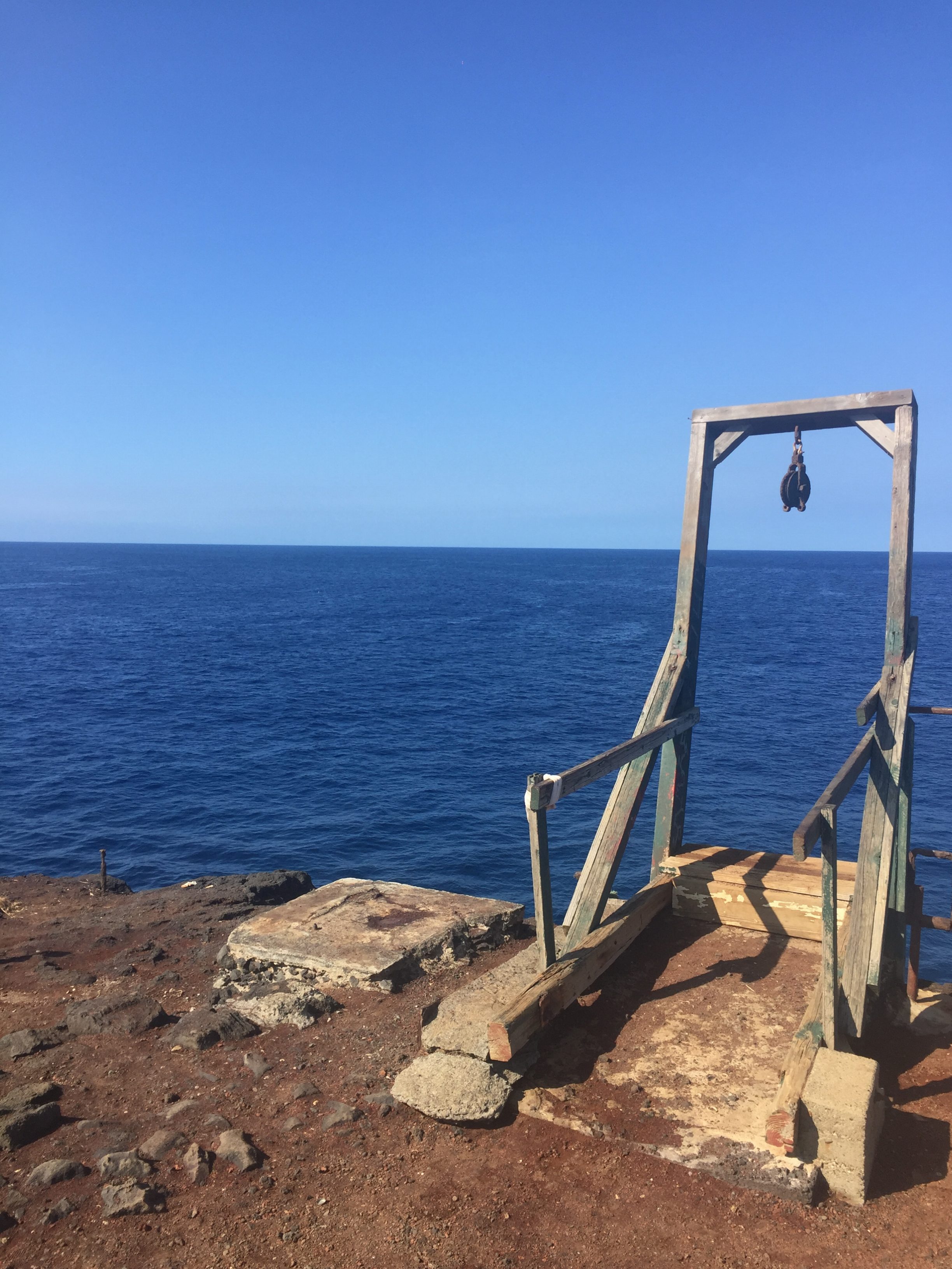
‘The Lathe’s Court’ is unattended and difficult to find. Some suggest it has been abandoned and, by all accounts, it seems to be, though the governing rules of roadside art are historically vague and the degradation may be part and parcel of the show. It shares the traits of its kin (car-henges and cement dinosaurs alike) in that it professes no statement of purpose and bears no clear signature. ‘The Lathe’s Court,’ like the others, simply exists to be witnessed and will continue to draw the occasional pilgrimage until the trees shake off their tending.’
The Lathe’s Court is easy enough to find at sunset.
I’ve taken to editorial scribbling in Shitholes since the stranger’s phone has been disconnected. It may be convenient to have notes if a second edition ever rolls out, or, if I happen to find a second edition already existing somewhere, it may be convenient to have something to compare. I still have a lot of questions about all of this, even though I don’t ask them as often as I once did.
‘The Lathe’s Court’ (where a ‘lathe’ is a woodworking machine) is easier to find at sunset because the artist’s statues, which have been carved into the still-living trunks of trees, continue to grow. The ‘Lathe Dancers’ (where ‘dancer’ is one of the many carved human figures in the ‘court’) have risen well above the ground and hover sparsely in the branches. The setting sun, for a few moments each evening, reveals them by their shadows.
Easy enough, but eerie.
Eerie if, like me, you don’t know what you’re looking for and if you assume, like many would, that the court remains unwarped and at ground level. Eerie if, like me, you rest underneath them to pour, frustrated, over a hand-drawn map. Eerie if, like me, you look up to see the shadows there, suddenly. Eerie if, like me, you are alone.
Time, but not decay, has taken its toll on ‘The Lathe’s Court,’ stretching the limbs and features of the figures there into uncomfortable silhouettes. Their skin has become rough with bark, their mouths sealed shut or awkwardly gaping. Arms and legs have grown new joints, collarbones collect the canopy’s rotting detritus. Some have become host to animals, others to birds, but, in the sun, they are what they were, they remain human-enough.
I climb a tree to look at one and hang, for a moment, my arms around a woman’s waist.
“This is new,” I joke to her.
She creaks under my weight.
There is a man ahead of us, a ‘Lathe Man.’ The tree’s life has emphasized the man’s posture; he was carved to be proclaiming something, his arms spread out, grown far beyond any possible model.
The court is vast and layered, its ‘dancers’ spanning elevations and poses. They disappear in the twilight, dissolving back into the chaos of twigs and branches. Darkness obscures everything but the odd limb.
I take a different way out- I’ve lost the path but I know which direction the road is. These days I don’t mind being a little lost. I come upon a fallen tree, a fallen ‘dancer.’ A lightning strike has severed her connection to the earth. In the air, as she was carved, the ‘dancer’ may have been reaching for an embrace. I scour the treetops above us with my light but find no partner there. On the ground, having fallen forward, she seems to crawl. Her mossy arms bend awkwardly, failing, over the years, to hold the weight of her trunk.
She faces the road but the road, I know, is several miles ahead.
-traveler
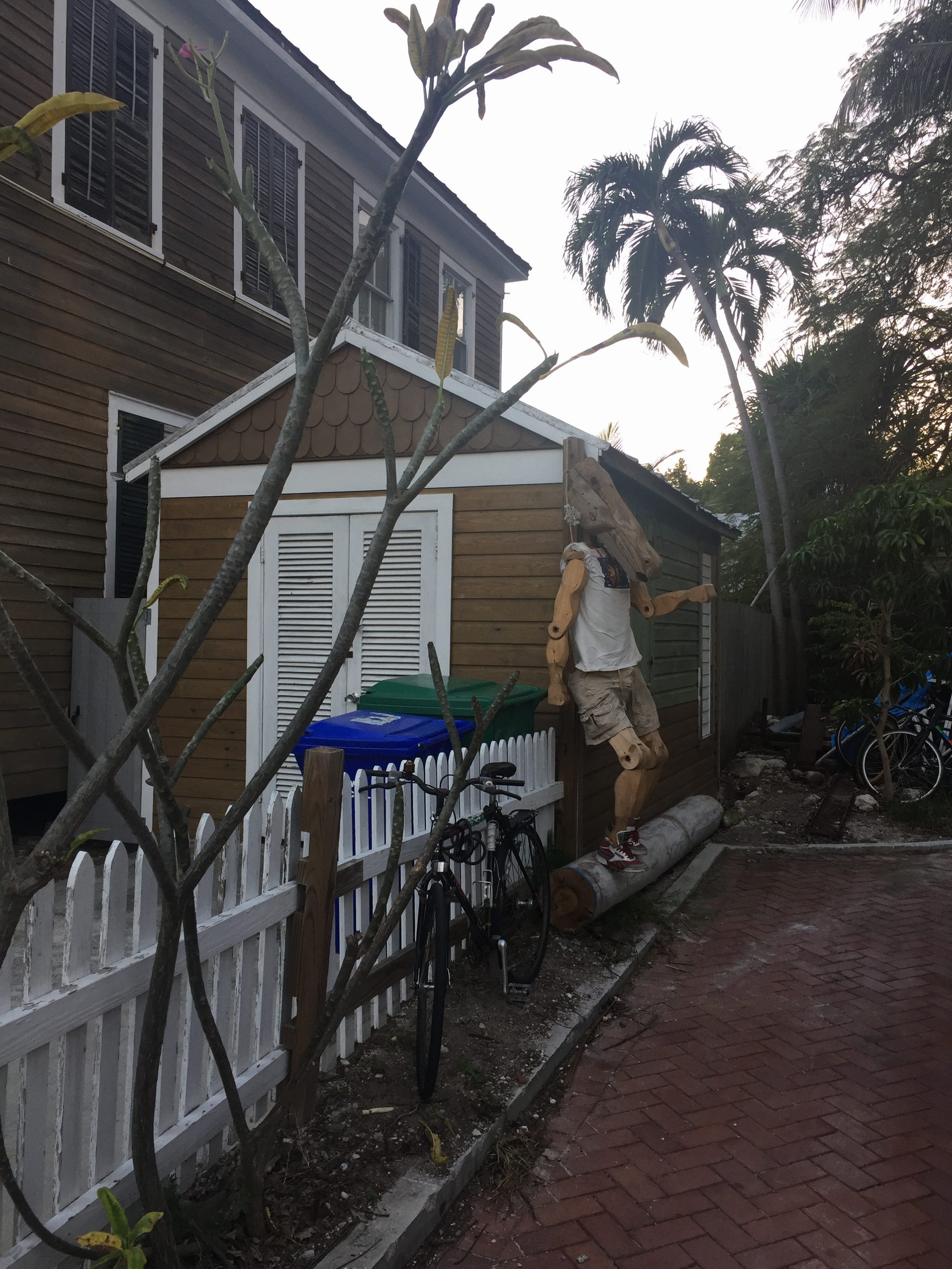
Think, for a moment, about the song: ‘The Wheels on the Bus.’ There may be no truer musical homage to journey than this. Hidden under the playful tune is a bleak and true-to-life description of what the bus, what being on the bus, is like. Strip away the notes and pretend a man, a man who has been on the bus for many hours, is speaking the words under his breath. Imagine his eyes and imagine the way his lips might move over every tired word.
Yes, the song is just a series of descriptions. Descriptions of what is happening on the bus. Examine the lyrics and you will see for yourself, the story is this:
The wheels go round and round and it begins to rain. The bus fills to the brim and the driver commands people to make more room, room that simply isn’t there. The road becomes rough, the way congested. People are leaving en masse; they are fleeing. The driver lays on the horn and a child begins to cry. The parents try, in vain, to comfort it.
What is happening here, exactly? Why was it necessary to write a song and why, if the tune is cheery, does the author describe the worst aspects of a bus ride?
I am in a bad mood.
‘Old maps and adverts in the central office detail the early days of the ‘Plains to Coast Quick Bus Co.’ how it started with many buses and many routes until, as though tending to a bonsai tree, the founders quickly trimmed it down to its truer form. It is a 17 and a half hour beast of a ride that does not go out of its way to make you comfortable.
But it is the only public vehicle allowed through the ‘Dull Moon Pass.’
Amateur Gray Road Theorists are quick to use the ‘Dull Moon Pass’ as evidence to their claim but the time it takes to traverse the DMP (satellite images reveal) corresponds closely with its theoretical length. In short, they are grasping for seconds at best. That, of course, is the trouble with Gray Road Theory. Even if it were true, the touted ‘known examples’ would hardly be useful or interesting given the small size of their estimated anomalies, no matter how precisely those distortions are calculated or how forcefully those calculations are shoved under your nose.
All that said, the DMP does fit the bill in other ways. Around fifteen minutes in it’s safe to expect color blurring and dizziness, precursors to a creeping grayout. Those who remain able to see will occasionally report a small town, often at the 45 minute mark. This would place it at the base of the ridge, shortly before the bus enters the tunnel.
There is nothing to be said about the tunnel itself accept for a near universal feeling of dread that comes upon the riders like a motion-sickness, climaxing just as the bus bursts back into full-sighted daylight. There is no clear danger and no clear change but the darkness of the tunnel clings like guilt and it insists that something has changed, that you have done something wrong in your passing. You will not feel welcome on the ‘Dull Moon Pass’ a second time. You may not feel welcome anywhere for a long time after.’
-traveler
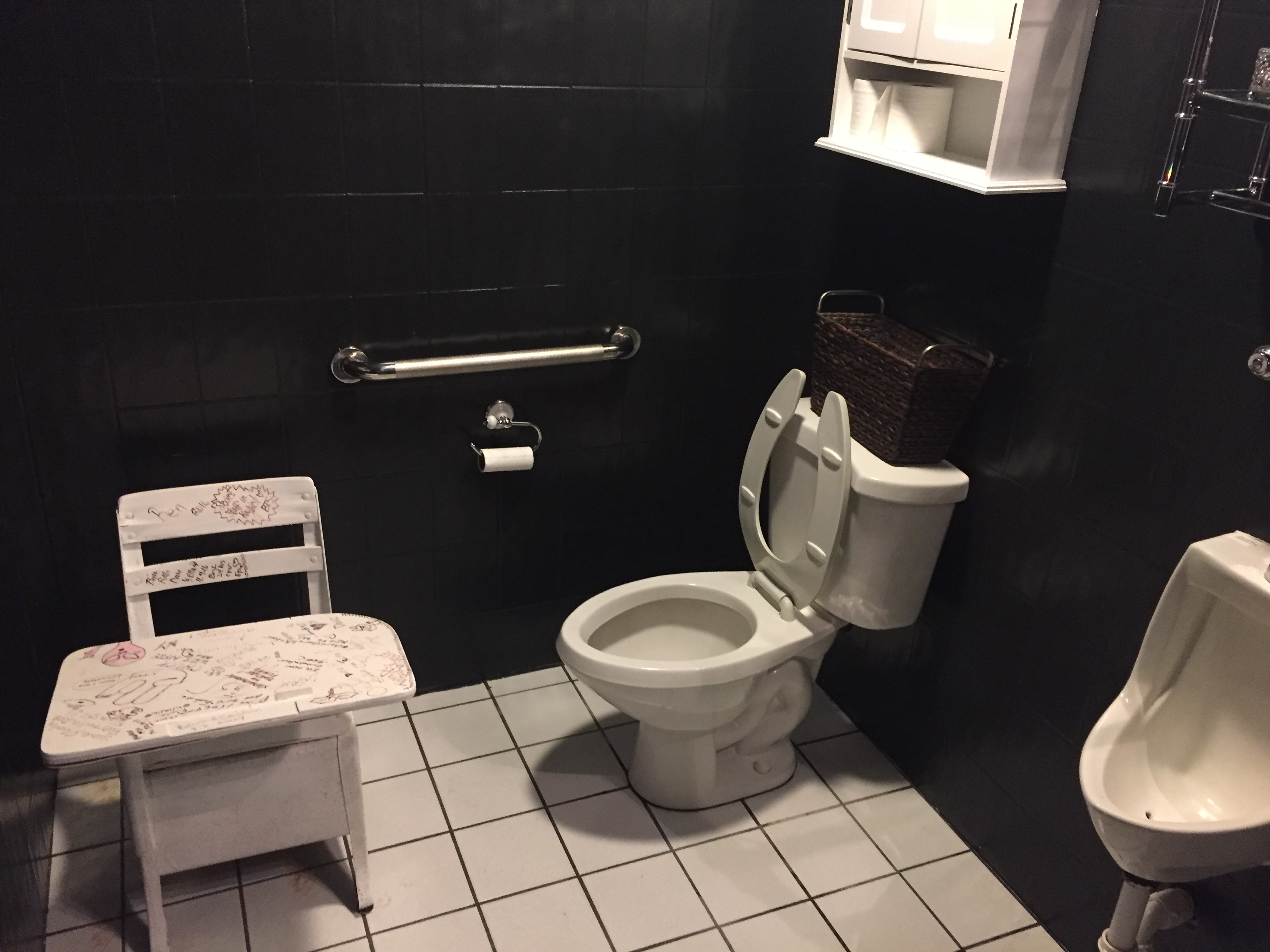
© 2024 · Dylan Bach // Sun Logo - Jessica Hayworth